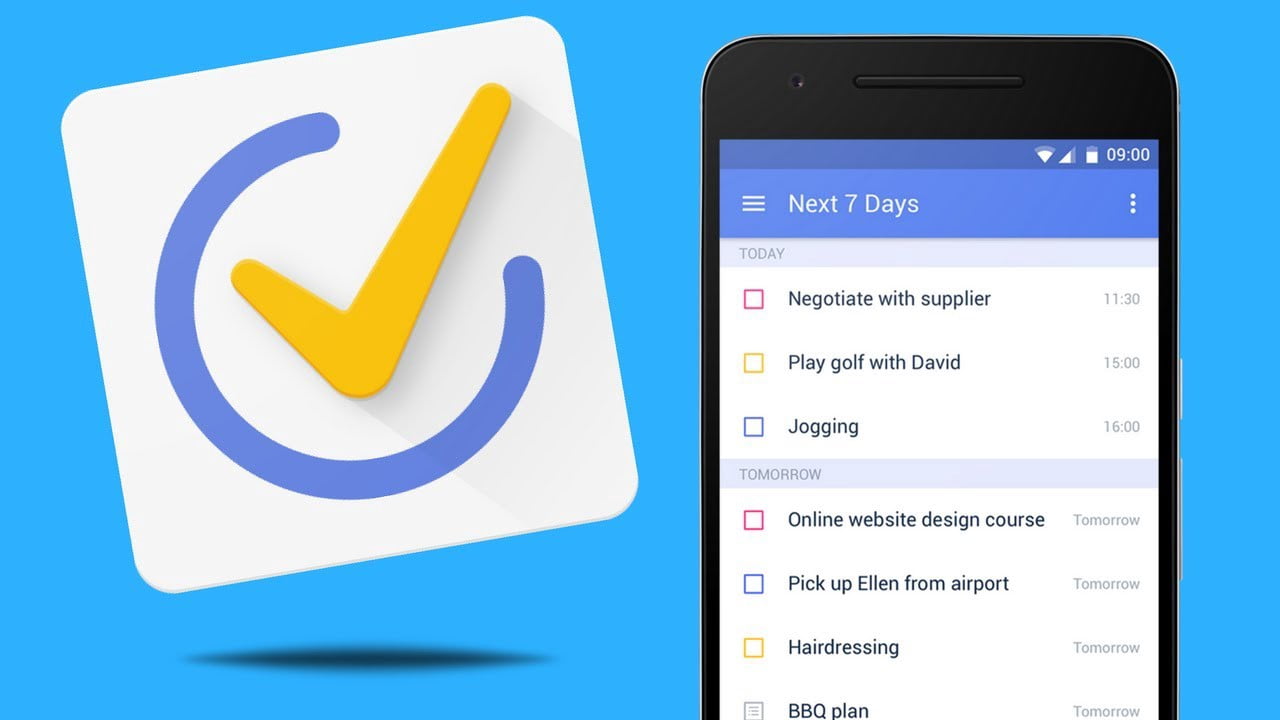
Projections indicate the digital marketing industry will reach an estimated value of over $24 billion by 2028. Digital marketing today should not just be considered optional; rather it serves as your virtual business card by connecting seamlessly with target audiences and amplifying brand presence, essential for companies aiming to thrive in today’s increasingly competitive marketplace.
In this blog post, we’ll delve deeper into digital marketing’s intricacies and all the channels used for outreach and engagement.
What is Digital Marketing?
Digital or online marketing encompasses an umbrella term covering an array of marketing activities conducted over various online platforms. Its main goals include raising visibility, drawing leads in, maintaining customer retention, and driving business expansion.
By adopting advanced strategies and keeping up with emerging trends, businesses can effectively connect with target markets online and achieve lasting success.
Key Components of Digital Marketing
Social Media Marketing
Businesses can effectively engage with their target audiences on popular platforms such as Facebook, Instagram, LinkedIn, and TikTok through social media marketing. So, growing followers should be the primary goal when embarking on any promotion strategy using these channels.
TikTok, for example, is an excellent platform to reach younger demographics. However, to rapidly increase follower counts on this social network you should work with professional TikTok growth services that specialize in targeting its algorithms with strategies and tactics tailored specifically for this platform. By tapping into their expertise, businesses can increase visibility, engagement, and reach.
Search Engine Marketing (SEM)
Findability is key for your website. Search engines such as Google are one of the primary methods of website discovery, making search engine marketing (SEM) an essential form of promotion that uses keyword phrases or questions to improve rankings in search results pages. SEM can be applied through both pay-per-click advertising and SEO.
Pay-Per-Click Advertising (PPC)
In the realm of digital advertising, pay-per-click refers to a model where advertisers pay a fee for each click on their ads, commonly employed on search engines and various platforms. This provides instant visibility in search engine results and precise targeting through keywords and demographics.
PPC advertising helps businesses attract traffic, gather leads, and boost sales effectively. Furthermore, it provides important insights into campaign performance using metrics like click-through and conversion rates.
Search Engine Optimization (SEO)
Search engine optimization involves improving websites’ visibility in search engine results pages (SERPs). This is achieved through strategic modifications to content, keywords, and technical elements designed to increase organic traffic while building an online presence. Businesses can increase organic visitor numbers while simultaneously expanding their brand online.
SEO stands apart from PPC by not involving direct payments for ad placement, making it a more cost-effective, long-term strategy. While results from SEO may take time to show, its lasting advantages include higher search engine rankings, enhanced brand credibility, and increased website authority. When combined strategically they can enhance a business’s online presence while driving significant growth.
Email Marketing and Automation
Email marketing offers an exceptional return on investment (ROI) when compared with other digital marketing approaches and can significantly boost leads at minimal cost. Email automation takes a step further by automating email marketing messages. There is a system in place, and emails are distributed based on certain cues.
Crafting a Digital Marketing Strategy
To develop an effective digital marketing strategy, you must first consider your goals, target audience, and available resources. Here are steps to develop an effective plan:
Create Your Goals
Setting clear and measurable goals that support your overall business objectives can help ensure their achievement. From increasing website traffic to generating leads or sales and increasing brand recognition, having set targets enables you to measure their success within an overall plan.
Know Your Audience
Gain as much insight into the demographics, preferences, behaviors, and pain points of your target audience to create more accurate buyer personas that resonate more strongly with ideal customers.
Create Engaging Content
Make compelling, excellent content that speaks to your target audience’s needs and interests directly. Anything from blog entries and films to interactive infographics and social media updates can be used. The foundation of any effective digital marketing plan is this kind of content.
Implement and Monitor
Strategic digital marketing initiatives across various channels must be carefully planned and tracked for their performance. Key metrics, including website traffic, conversion rates, engagement levels, and ROI should be used to gauge their efficacy, as well as make data-driven adjustments that maximize results.
Final Thoughts
Businesses today face an intensely competitive business environment and must embrace digital marketing to survive. Digital marketing strategies must be understood for maximum growth and market share gain. From social media ads and website optimization to building an online presence, each aspect must be factored in when developing growth plans for digital strategies.
By understanding your target audience and setting achievable goals with appropriate channels like digital advertising, you can effectively connect with potential customers, nurture leads, and increase sales. Digital advertising should be utilized as a strategic tool that opens doors of possibility that can only expand.








